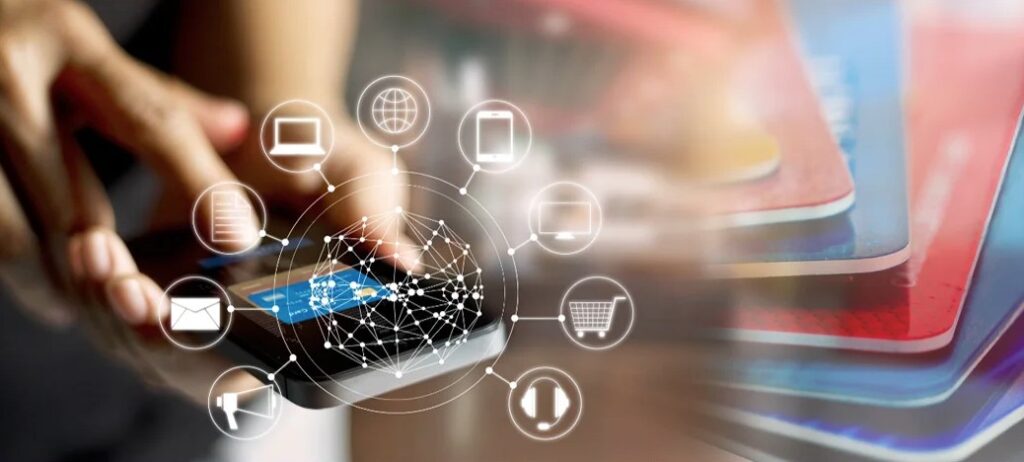By Kashif Hasan

In recent years, Pakistan has embarked on a transformative journey toward financial inclusion and digitization. The vision is clear: reduce reliance on cash, integrate millions into the formal economy, and build a system that is more transparent, efficient, and inclusive. Backed by government reforms, regulators, banks, and fintech innovators—including Virtual Remittance Gateways (VRGs) and Mobile Wallets (MWs)—the framework for a cashless society is taking shape.
Yet, the path is far from smooth. Deep-rooted structural barriers, social inequities, and public mistrust continue to challenge progress. The next decade will determine whether Pakistan can turn this digital dream into an economic reality.
A Decade of Digital Change
In 2013, only 8% of adults in Pakistan had access to digital banking. By 2024, the figure rose to 35%, driven largely by mobile and branchless banking services like Easypaisa, JazzCash, and HBL Konnect. The State Bank of Pakistan’s Raast instant payment system has further revolutionized transactions by providing low-cost, real-time, and interoperable transfers, even supporting government welfare disbursements through BISP.
Why Financial Inclusion Matters
Digital payments strengthen tax compliance, reduce corruption, and expand the government’s fiscal space. For citizens, they provide security, dignity, and access to financial products. For women and rural communities, mobile wallets create independence and opportunity. For small businesses, digital footprints unlock credit and growth.
Global Lessons
Case studies from Kenya’s M-Pesa, India’s UPI, and China’s Alipay/WeChat Pay demonstrate how digital ecosystems can transform societies. Pakistan’s challenge lies in adapting these lessons to its own infrastructure, regulatory, and trust-related hurdles.

Opportunities Ahead
If successful, Pakistan could see higher tax revenues, reduced poverty, lower cash-handling costs, stronger SMEs, and fintech-driven innovation. But risks loom—poor connectivity, gender disparities, weak cybersecurity, and resistance from the informal economy could stall progress.
The Roadblocks
- Limited rural internet and electricity
- Gender gap in phone and internet use
- Trust deficit in banking institutions
- Cybersecurity risks and scams
- Informal economy’s resistance to documentation
The Possible Futures
- Optimistic: Inclusive, digital-first economy with 5–7% growth
- Middle Path: Urban-rural divide persists, gains uneven
- Pessimistic: Trust collapses, people revert to cash and informal channels
The Way Forward
Pakistan must invest in infrastructure, digital literacy, consumer protection, and fintech innovation while incentivizing digital payments and building trust through transparency.
Conclusion
Pakistan’s cashless dream is within reach, but only if progress is inclusive, secure, and backed by trust. The next decade offers a unique chance to reshape the economy into one that is transparent, resilient, and fair.























